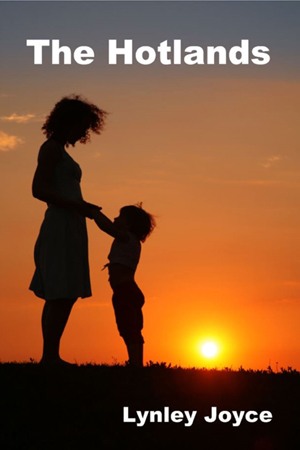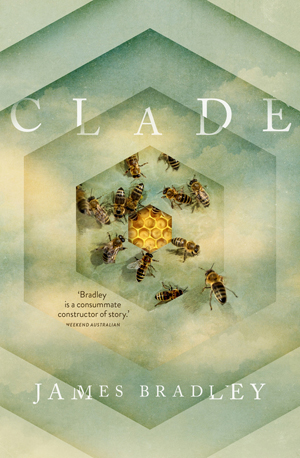The artist’s vision is an invaluable tool for comprehending what lies ahead [4 August 2015 | Peter Boyer]
The 21st century, as one futurist website has it, will bring wondrous advances in medicine and energy but also economic hardship, resource wars, population pressures and widespread suffering.
The website, FutureTimeline, also predicts the rise of “transhumanism”, whereby gizmos implanted in our bodies will enhance human power and help make us less religious. Maybe, but in times of trial and trouble I could mount a strong argument for the opposite happening.
Hence the pitfalls of foretelling the future: no-one can know how social or political breakdown, war or some other catastrophe will affect the march of what we like to think of as progress.
Futurology, I suggest, doesn’t work as pure science. Understanding what’s in store for natural systems is one thing, but humanity’s response to this is an order of magnitude more complex.
Exploring how people might respond to a profoundly different future world calls for something extra that science in itself can’t deliver. This is where human imagination comes in, such as good old-fashioned story-telling.
I’ve just finished reading two Australian novels that imagine a near-future world hit by the full impact of climate change: The Hotlands, a first novel by Tasmanian Lynley Joyce (available only online) and Clade, by established Sydney author James Bradley (Penguin Books).
They differ markedly from each other in literary style and probably readership (The Hotlands will I think tend to be read by young adults), but each in its own way has much to tell us about future climate change and its massive social and psychological ramifications.
 The Hotlands tells of the experience of two couples: a conventional married one and a pair of orphans, an infant boy with a girl, Jasmine, who has become his guardian. An air crash and a mine disaster bring the two couples together in the north-west Australian desert.
The Hotlands tells of the experience of two couples: a conventional married one and a pair of orphans, an infant boy with a girl, Jasmine, who has become his guardian. An air crash and a mine disaster bring the two couples together in the north-west Australian desert.
In a nutshell, the four find their way to a coastal refugee camp. Through many and various events and subterfuges they eventually escape by sea and find their way to the west coast of Tasmania, the island that is to become their home.
The conventional couple had taken a long-distance flight from a cold England, abandoned by the Gulf Stream, to live in Melbourne. Jasmine and her infant charge had escaped from a mine which used slaves in place of machinery, for which it had no fuel.
The heart of the story is the refugee camp, a big, sprawling mess of human misery whose inhabitants follow the essential rules of survival: do anything for food, water and shelter, and trust no-one.
Some of the transitions in the plot are hard to get the head around – for instance the long sea journey from north-western Australia to Tasmania – but this is a ripping yarn with a compelling and ultimately positive vision of humanity’s struggle to find a tolerable life in a climate-ravaged world.
 James Bradley is an accomplished writer with four earlier novels against his name. One reviewer has described Clade as “the first great novel of climate change”, and it may well be. It’s a superbly crafted story of one family’s experience of a changing world down through generations.
James Bradley is an accomplished writer with four earlier novels against his name. One reviewer has described Clade as “the first great novel of climate change”, and it may well be. It’s a superbly crafted story of one family’s experience of a changing world down through generations.
Adam, a biologist studying past climates, meets Ellie, an artist attracted to the beauty in living things, and the two have a child, a girl whom they optimistically name Summer.
Summer develops severe asthma, the start of much sadness and loss, both personal and broad-scale, for her parents and extended family. Years later, father and daughter are caught up in a graphically-described great flood that sweeps across eastern England, when the sea comes in to reclaim the land.
After this harrowing start we find Ellie living in rural Australia, where paddocks have given way to tree plantations, financed by carbon credits and now neglected. She meets a man with a south Asian accent and a fear of authority whose mission is to care for diminishing bee colonies vital to conserving plant species.
A deadly plague, encounters with holograms of deceased loved ones, and a message from outer space carry us through succeeding decades to a family reunion of sorts. This turns out to be “not an end but a beginning”, as the book concludes. It left me with a sense not of despair, but peace.
Each of these novels offers its own compelling vision of the world to come: both the physical changes wrought by climate and how people respond individually and together to the various challenges. The latter – the human factor – is where they come into their own.
Fiction they may be, but they speak profound truth. If we want to find pathways through our uncertain future, we must look to art as well as science.
